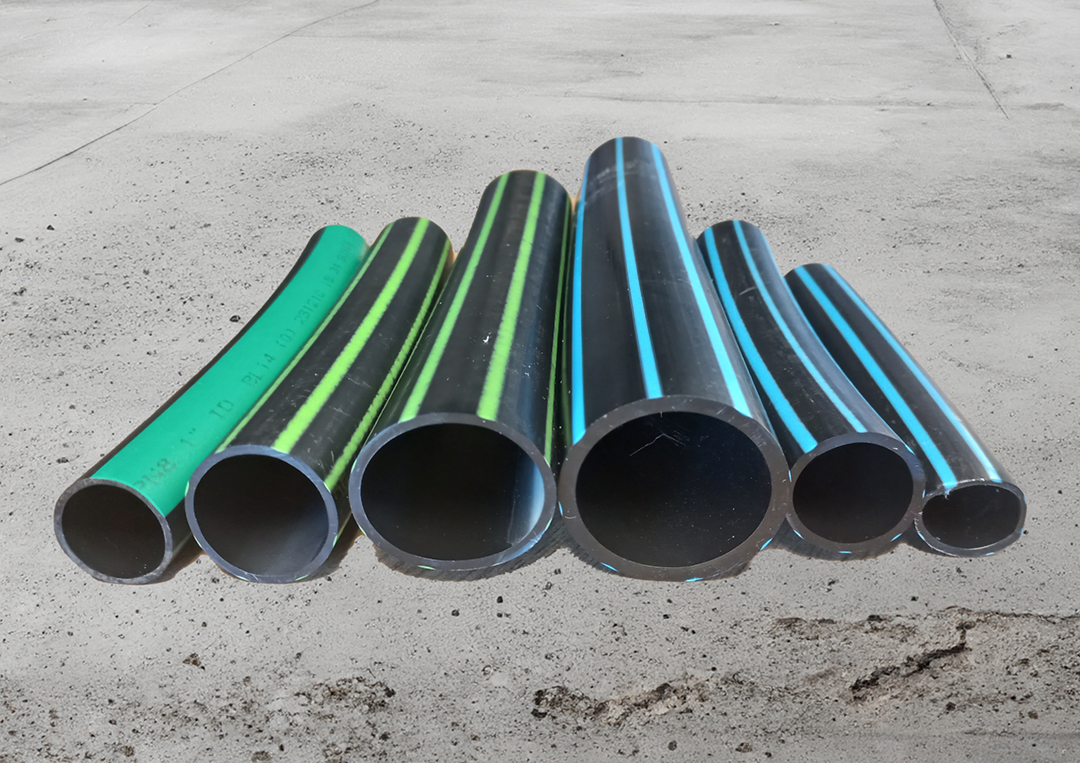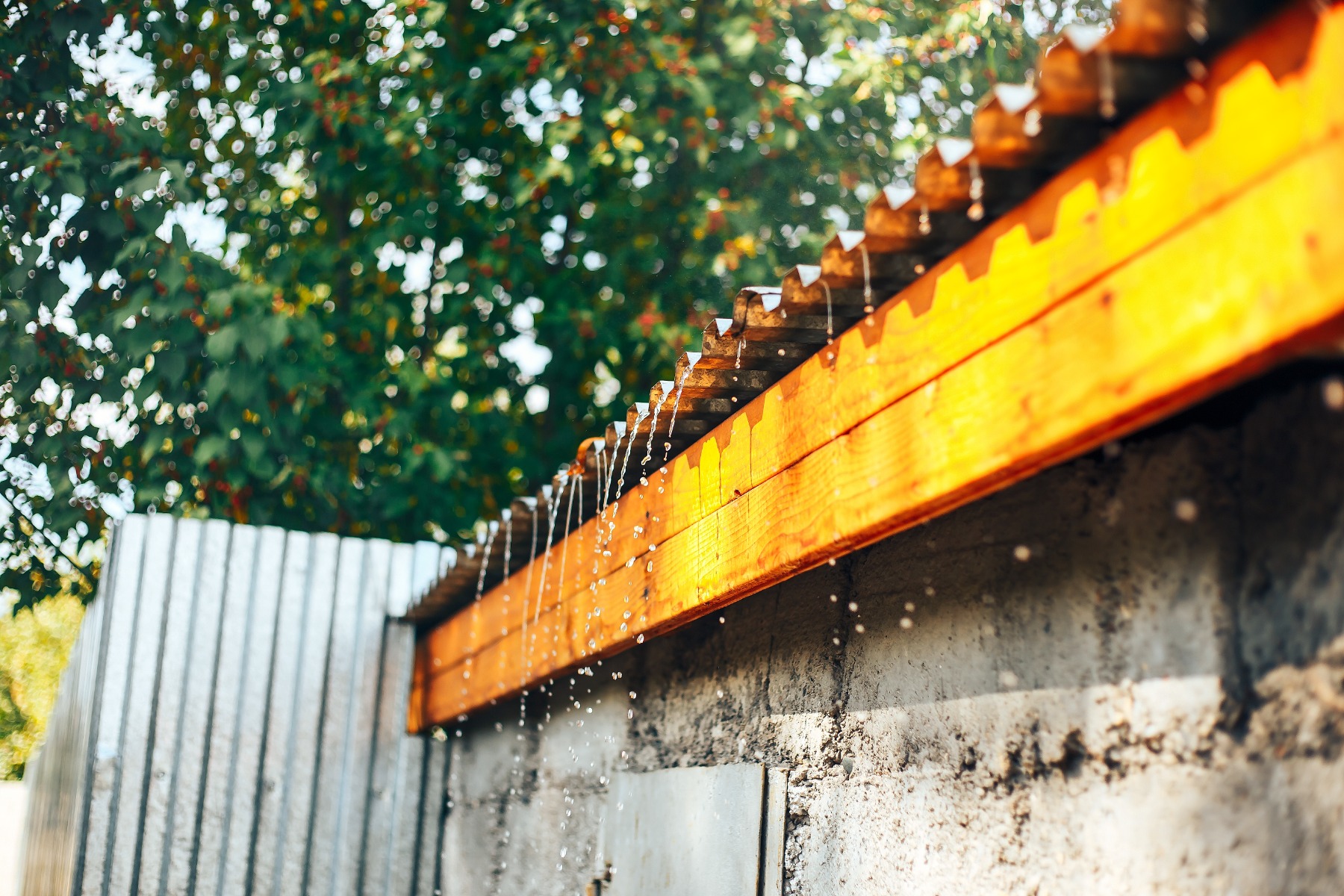While rainwater has always been a dependable source of domestic water supply in rural and regional Australia, there has been a steady uptake in the use of rainwater in urban areas from simple garden watering systems to more sophisticated household reticulation systems.
While there is versatility in the uses of rainwater, there is also a corresponding risk as the collection and storage of rainwater introduces the potential for chemical, physical and microbial contamination, particularly after rain events that follow long dry spells.
The good news is that in most cases roof catchments, guttering, piping and rainwater tanks are relatively simple systems, and by building the appropriate defences and implementing a sensible maintenance programme, you can ensure the freshness of the rainwater in your tank.
The keys to fresh water are as follows:
Minimising debris entering the tank
After a dry spell, your roof area can collect debris such as leaves, dust, pollen, insects and animal waste, and the first few minutes of rainfall effectively washes these contaminants into the gutters and your tank.
There are two key steps that can improve the quality of water being delivered to the tank. The first is to install gutter guards which are typically metal screens fitted over gutters to prevent debris getting into the gutter and restricting free flow of water. The second option is to install a first-flush diverter that prevents contaminated water in the gutters and downpipes from entering the water tank by diverting the first water few millimetres of rainfall into either stormwater drainage or a secondary storage container.
Your rainwater tank should be equipped with a fine strainer on top of the tank that filters the water entering the tank. As the strainer will catch seeds and other fine debris, it should be used in conjunction with a tight-fitting dust cover that blocks sunlight and ensures seeds won’t germinate and block the strainer.
Keeping out unwanted visitors
Unwanted visitors can enter your rainwater tank through any gaps or holes in your defences, and it is good practice to eliminate all potential access points. A dust and light cover over the inlet will serve as a physical barrier to mosquitoes that lay their eggs in still water and the discharge-end of the overflow pipe should be fitted with a screen that is a barrier to small animals such as frogs and insects.
Sunlight is also an unwanted visitor as it promotes algae growth that results in a deterioration of water quality. Your best defence here is a tight-fitting dust and light cover at the inlet that keeps unwelcome sunlight out of your rainwater tank.
Eliminating anaerobic fermentation
Systems incorporating buried pipework – referred to as ‘wet pipe systems’ need particular attention.
In a wet pipe system, the pipes from the gutters go vertically down the wall and are buried underground before emerging near the water tank as a riser connecting to the tank inlet. Because the underground pipes are below the level of the tank inlets, once the rain stops falling and the flow of water stops, water will remain trapped in the piping system – hence the name ‘wet pipe’.
While wet pipe systems provide homeowners with the flexibility to maximise all of the catchment areas on a roof and to position the water tank where they want it, because water remains trapped in the pipe below the level of the water inlet on the tank, it is vulnerable to anaerobic fermentation - a natural process that occurs when leaves and other organic materials decompose in an oxygen-starved environment such as water-filled pipes.
If not removed, this contaminated water is pushed into your rainwater tank with the next rainfall so the key to preventing anaerobic fermentation is draining water from the pipes after rainfall so there is no water for organic matter to decompose in. Drain systems can be automatic or manually operated, and your plumber can advise you during installation.
----------
Ready to find out more? Talk to our expert team to find out how to configure your rainwater collection system to ensure fresh, great-tasting water for your family to enjoy. Call our team on 1800 816 299 or email sales@rapidplas.com.au with your enquiry.














